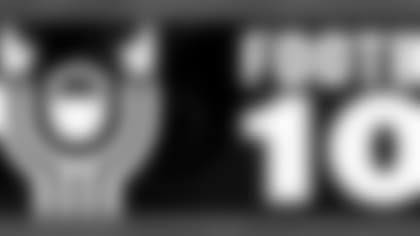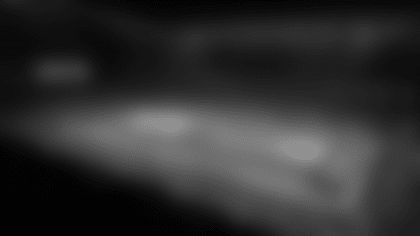*In this feature, Football 101, NFL officials help explain and clarify some of the rules that impact the game. This week, umpire Tony Steratore and back judge Tony Michalek help explain what classifies a player as "defenseless":
*
Summary From The Official NFL Rule Book - Rule 12, Section 2, Article 7
It is a foul if a player initiates unnecessary contact against a player who is in a defenseless posture.
Players in a defenseless posture are:
1) A player in the act of or just after throwing a pass (passing posture);
2) A receiver attempting to catch a pass; or who has completed a catch and has not had time to protect himself or has not clearly become a runner. If the receiver/runner is capable of avoiding or warding off the impending contact of an opponent, he is no longer a defenseless player;
3) A runner already in the grasp of a tackler and whose forward progress has been stopped;
4) A kickoff or punt returner attempting to field a kick in the air;
5) A player on the ground;
6) A kicker/punter during the kick or during the return (Also see Article 6(h) for additional restrictions against akicker/punter);
7) A quarterback at any time after a change of possession (Also see Article 9(f) for additional restrictions against a quarterback after a change of possession);
8) A player who receives a "blindside" block when the path of the offensive blocker is toward or parallel to his own end line, and he approaches the opponent from behind or from the side, and
9) A player who is protected from an illegal crackback block (see Article 2);
10) The offensive player who attempts a snap during a Field Goal attempt or a Try Kick.
Prohibited contact against a player who is in a defenseless posture is:
1) Forcibly hitting the defenseless player's head or neck area with the helmet, facemask, forearm, or shoulder, even if the initial contact is lower than the player's neck, and regardless of whether the defensive player also uses his arms to tackle the defenseless player by encircling or grasping him; or
2) Lowering the head and making forcible contact with the top/crown or forehead/"hairline" parts of the helmet against any part of the defenseless player's body; or
3) Illegally launching into a defenseless opponent. It is an illegal launch if a player (i) leaves both feet prior to contact to spring forward and upward into his opponent, and (ii) uses any part of his helmet (including the top/crown and forehead/"hairline" parts) to initiate forcible contact against any part of his opponent's body. (This does not apply to contact against a runner, unless the runner is still considered to be a defenseless player, as defined in Article 7.)
The Official Point of View
"A pass receiver would be one kind of defenseless player," Steratore explained. "He's defenseless until he catches the ball and becomes a runner. Once we can say he has possession he becomes a runner, then he wouldn't be afforded any special protection.
"It's important to know, too, that there are defensive players who are protected as defenseless players, from guys who are in the flex position, you can't block them in the head.
"So there's tons of different categories."
"You also get defensive players who are protected in a way from blindside blocks," Michalek added. "They're considered defenseless as well."
*Last week, umpire Tony Steratore detailed what constitues a forward pass.
*














